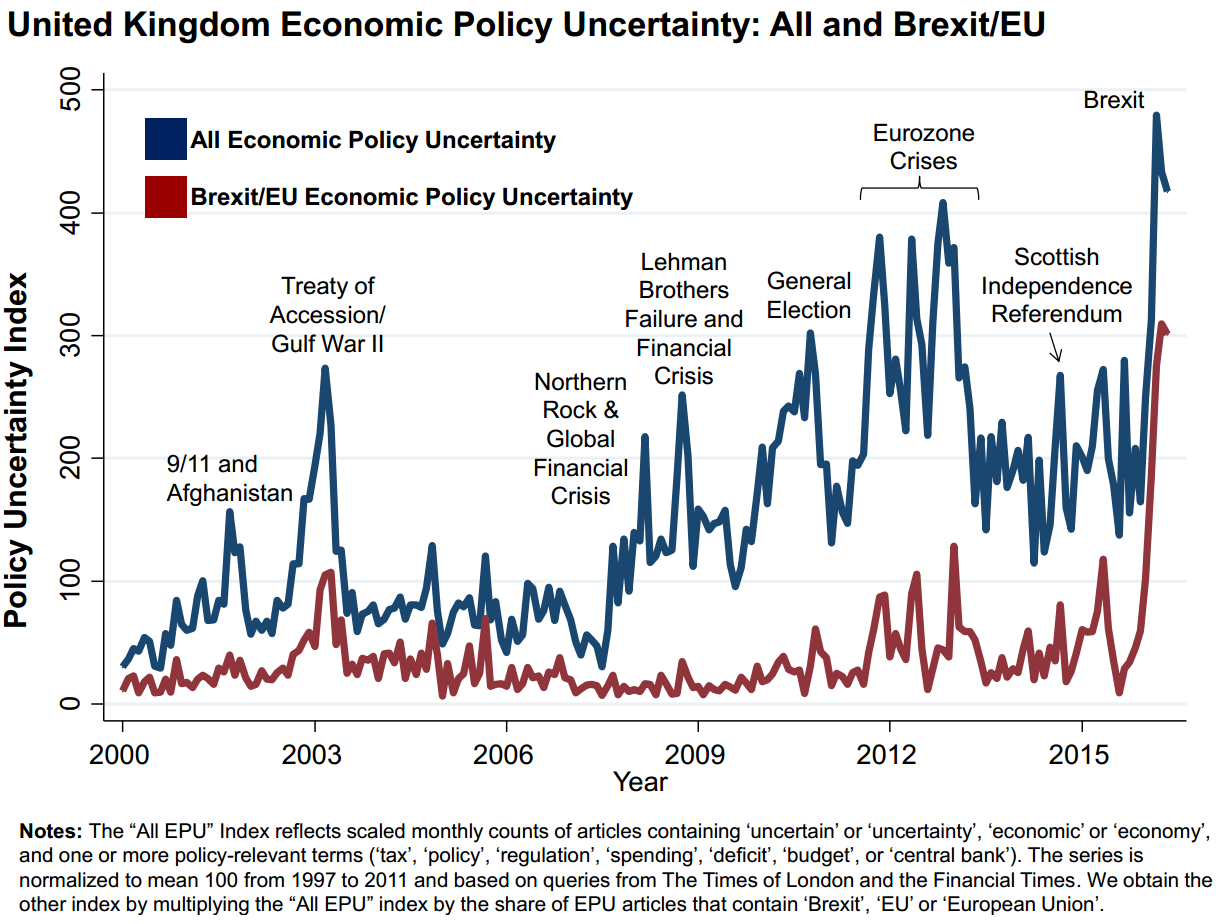
Wallnut Investment Strategies During Economic Uncertainty: Navigate Volatility with Confidence
Economic uncertainty. The phrase itself evokes a shiver, conjuring images of plummeting markets and dwindling savings. But navigating choppy waters doesn’t require abandoning ship. With a well-constructed strategy, economic uncertainty can be transformed from a threat to an opportunity. This article explores innovative Wallnut investment strategies designed to weather volatility and emerge stronger on the other side.
Understanding the Wallnut Approach
The Wallnut approach isn’t about predicting the unpredictable. Instead, it focuses on resilience and adaptability. We embrace a diversified, long-term perspective, recognizing that market fluctuations are inherent, not anomalies. Our strategies leverage several key pillars:
-
Diversification Beyond Borders: Global diversification is crucial. Don’t put all your eggs in one basket – or even one country. Spreading investments across different asset classes and geographies mitigates the impact of localized economic downturns.
-
Strategic Asset Allocation: Carefully choosing the right mix of assets – stocks, bonds, real estate, commodities – based on your risk tolerance and financial goals is paramount. This isn’t a “set it and forget it” approach; regular rebalancing ensures your portfolio aligns with your long-term vision.
-
Value Investing with a Twist: We seek undervalued assets, but our “twist” involves a deeper dive into ESG (Environmental, Social, and Governance) factors. Companies with strong ESG profiles often exhibit greater resilience during economic instability.
-
Opportunistic Tactical Adjustments: While our strategy is long-term, we remain agile. When market opportunities arise, we strategically adjust our holdings to capitalize on temporary dips or shifts in momentum.
Wallnut’s Core Strategies During Economic Uncertainty:
1. The “Fortress” Portfolio: This conservative strategy emphasizes capital preservation. It’s built around high-quality, low-volatility assets like government bonds and dividend-paying blue-chip stocks.
| Asset Class | Allocation (Example) | Risk Level |
|---|---|---|
| Government Bonds | 60% | Low |
| Blue-Chip Stocks | 30% | Medium |
| Cash | 10% | Very Low |
2. The “Phoenix” Portfolio: This more aggressive strategy aims for growth through carefully selected cyclical stocks poised for recovery after an economic downturn. Thorough due diligence is essential.
| Asset Class | Allocation (Example) | Risk Level |
|---|---|---|
| Cyclical Stocks | 50% | High |
| Emerging Markets | 30% | High |
| Alternative Assets | 20% | Medium-High |
3. The “Resilience” Portfolio: This balanced approach blends elements of both Fortress and Phoenix, offering a diversified strategy that minimizes risk while maximizing potential returns.
| Asset Class | Allocation (Example) | Risk Level |
|---|---|---|
| Government Bonds | 30% | Low |
| Blue-Chip Stocks | 30% | Medium |
| Cyclical Stocks | 20% | High |
| Real Estate | 20% | Medium |
Navigating the Emotional Rollercoaster
Economic uncertainty often triggers emotional responses – fear, panic, even greed. Wallnut emphasizes a disciplined, unemotional approach. Regularly reviewing your portfolio and sticking to your long-term plan, regardless of short-term market fluctuations, is crucial. Consider seeking professional financial advice to help manage your emotions and ensure your investments remain aligned with your goals.
The Wallnut Advantage: Transparency and Adaptability
We believe transparency is paramount. We provide clear, concise reporting and maintain open communication with our clients. Furthermore, we are continuously adapting our strategies to meet the ever-changing economic landscape.
Economic uncertainty may be inevitable, but financial insecurity is not. With the right strategies, knowledge, and a dash of resilience, you can navigate volatility with confidence and build a strong financial future. The Wallnut approach empowers you to do just that.

Additional Information
Wallnut Investment Strategies During Economic Uncertainty: A Deeper Dive
The title “Wallnut Investment Strategies During Economic Uncertainty: Navigate Volatility with Confidence” suggests a focus on proactive portfolio management during times of economic instability. To provide a deeper analysis, we need to examine specific strategies Wallnut (assuming this is a hypothetical investment firm or a specific firm’s strategy) might employ, and critically evaluate their efficacy.
I. Identifying and Defining Economic Uncertainty:
Before discussing strategies, it’s crucial to define what constitutes “economic uncertainty.” This isn’t simply a market downturn. It encompasses a broader range of factors, including:
- Macroeconomic indicators: High inflation, rising interest rates, shrinking GDP growth, increasing unemployment claims, weakening consumer confidence indices (like the University of Michigan Consumer Sentiment Index), inverted yield curves (predictive of recessions), and geopolitical instability.
- Microeconomic factors: Industry-specific challenges, supply chain disruptions, changes in regulatory environments, and shifts in consumer behavior.
- Market sentiment: This is often reflected in increased volatility, wider bid-ask spreads, and flight-to-safety behavior (investors moving into perceived safe haven assets like gold or government bonds).
Wallnut’s strategies should account for the specific nature of the economic uncertainty. A strategy effective during a period of high inflation might be inadequate during a recession driven by a credit crunch.
II. Potential Wallnut Investment Strategies:
Several strategies could be employed by Wallnut to navigate volatility:
-
Diversification: This is a cornerstone of risk management. Diversification across asset classes (equities, bonds, real estate, commodities), geographies, and sectors reduces the impact of any single negative event. Wallnut might use sophisticated statistical models (like Modern Portfolio Theory or mean-variance optimization) to determine optimal diversification levels based on risk tolerance and market conditions.
-
Defensive Positioning: During uncertainty, Wallnut might shift towards more defensive asset classes. This could involve:
- Increasing bond allocations: High-quality government bonds or investment-grade corporate bonds offer relative stability during market turmoil. However, rising interest rates can negatively impact bond prices.
- Adding precious metals: Gold is often seen as a safe haven asset, its price tending to rise during times of uncertainty. However, gold doesn’t offer income and can be volatile in the short term.
- Investing in defensive sectors: Utilities, consumer staples, and healthcare are generally less cyclical and tend to outperform during recessions.
-
Hedging Strategies: These aim to mitigate potential losses. Examples include:
- Options trading: Purchasing put options on stocks or indices can protect against downside risk.
- Currency hedging: If a significant portion of the portfolio is denominated in foreign currencies, hedging against currency fluctuations is crucial.
-
Value Investing: Identifying undervalued companies with strong fundamentals that are temporarily depressed due to market sentiment can yield significant returns once the uncertainty subsides. This requires thorough fundamental analysis and a long-term perspective.
-
Active Management: Unlike passive index funds, active management involves managers making tactical decisions based on market conditions. Wallnut’s active managers may increase cash positions during periods of high uncertainty to take advantage of potential buying opportunities later.
III. Case Study Example (Hypothetical):
Let’s imagine a scenario where Wallnut employed a diversified portfolio in 2022, anticipating rising interest rates and inflation. Their strategy might have involved:
- Reducing equity exposure: Shifting from growth stocks (vulnerable to higher interest rates) to value stocks and defensive sectors.
- Increasing bond allocations: Focusing on shorter-duration bonds to mitigate interest rate risk.
- Adding inflation-protected securities (TIPS): To hedge against inflationary pressures.
- Maintaining a modest allocation to gold: As a safe haven asset.
This hypothetical strategy wouldn’t eliminate losses entirely, but it could have mitigated the overall portfolio drawdown compared to a purely equity-heavy strategy during the 2022 market downturn.
IV. Critical Analysis and Limitations:
While the strategies mentioned offer potential benefits, they also have limitations:
- Predicting the future is impossible: Even sophisticated models can’t accurately predict the timing and severity of economic downturns.
- Opportunity cost: Defensive strategies can limit upside potential during periods of strong market growth.
- Transaction costs: Frequent trading to adjust the portfolio can erode returns.
V. Conclusion:
Navigating economic uncertainty requires a well-defined investment strategy that balances risk and return. Wallnut’s success would depend on its ability to accurately assess the nature of the economic uncertainty, select appropriate strategies, and implement them effectively. Transparency, robust risk management, and a long-term perspective are critical for success during these challenging periods. The hypothetical examples provided here serve as illustrations – actual strategies would need to be tailored to the specific economic circumstances and investor risk profiles.
